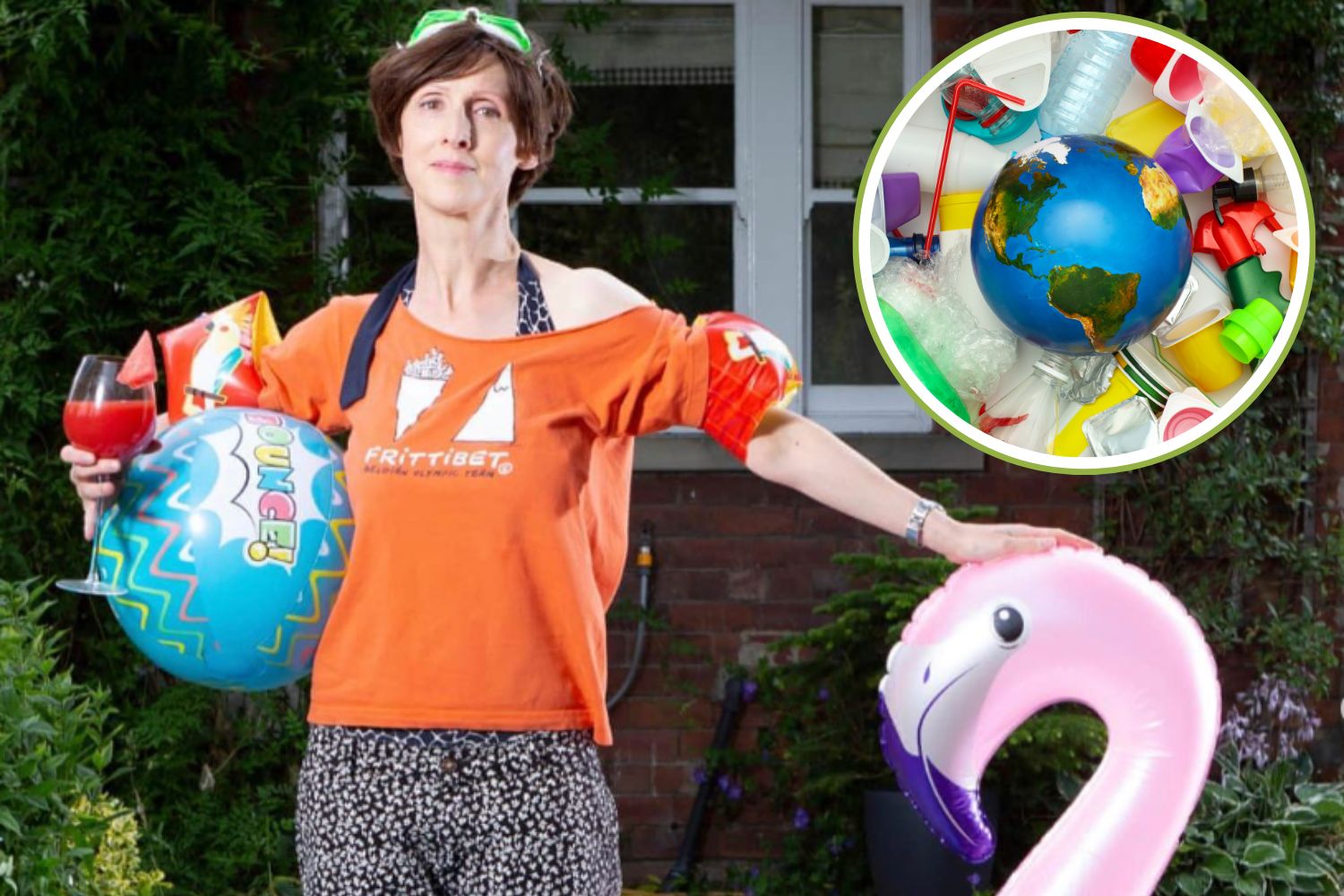The Guardian's Emma Beddington attempted to live a month without single-use plastic, documenting her daily challenges. From the inability to find loose fruit and vegetables to the dilemma of toothpaste in a jar, the experiment reveals how difficult it is to completely eliminate plastic from our lives

@Emma Beddington (IG)
Attempt to imagine life without single-use plastic for a month. No water bottle, no packaging, no toothpaste tube, no detergent in a plastic tub. A pipe dream? Not quite. Emma Beddington, a journalist with The Guardian newspaper, took it on and wrote about her experience. But at two weeks she was compelled to admit defeat. She illustrates how deeply entrenched one-time use plastic is within our existence and how difficult it is to step out of its comfort zone.
A world wrapped in plastic
Beddington’s challenge began with the best of intentions: reusable shopping bags, shopping at local markets, and going to specialist stores to avoid unnecessary packaging. But she soon encountered a shocking reality. Even the most mundane items—packaged bread, milk, toilet paper, and snacks—are wrapped in plastic.
She tried alternatives: bulk stores, refillable cleaning products for the home, toothpaste tablets, and shampoo solid bars. The endeavor was “inconvenient, expensive, and exhausting” though. The coup de grâce? A mere mistake—she grabbed a package of ice in plastic form in a rushed grocery run for an evening cocktail. In the flash of an eye, her challenge was done.
Even doing dishes at home was difficult. Finding plastic-free laundry detergent, toothpaste, shampoo, and conditioner was bothersome, and the toothpaste tablets in glass packaging were “horrible, like brushing teeth with a mint.”
A problem worldwide
Single-use plastic is not only difficult to escape—it’s a growing disaster. The Smithsonian reports that 85% of plastic trash in the United States was dumped in landfills in 2021. Recycling isn’t much of a solution, since most of the plastic that’s recycled is used to make other throwaway items, which end up as waste.
The environmental cost is astounding. The United Nations Foundation states that there are five million shipping containers full of plastic in the ocean. And if production levels stay the same, by 2050 there will be more plastic than fish in the sea. And the issue isn’t just harming the world—microplastics have invaded our drinking water and even our bodies. A 2024 study discovered that human brain tissue contains microplastic residues, and this has instilled fears of potential health effects.
A tough but unavoidable challenge
Beddington’s own experience testifies to the fact that it is a hill to climb to eradicate single-use plastic entirely. But that does not imply that one should not attempt it. The real challenge is not elimination but making cutting down on plastic feasible and sustainable for everyone. And perhaps one day, it will not be an impossible war to win.
